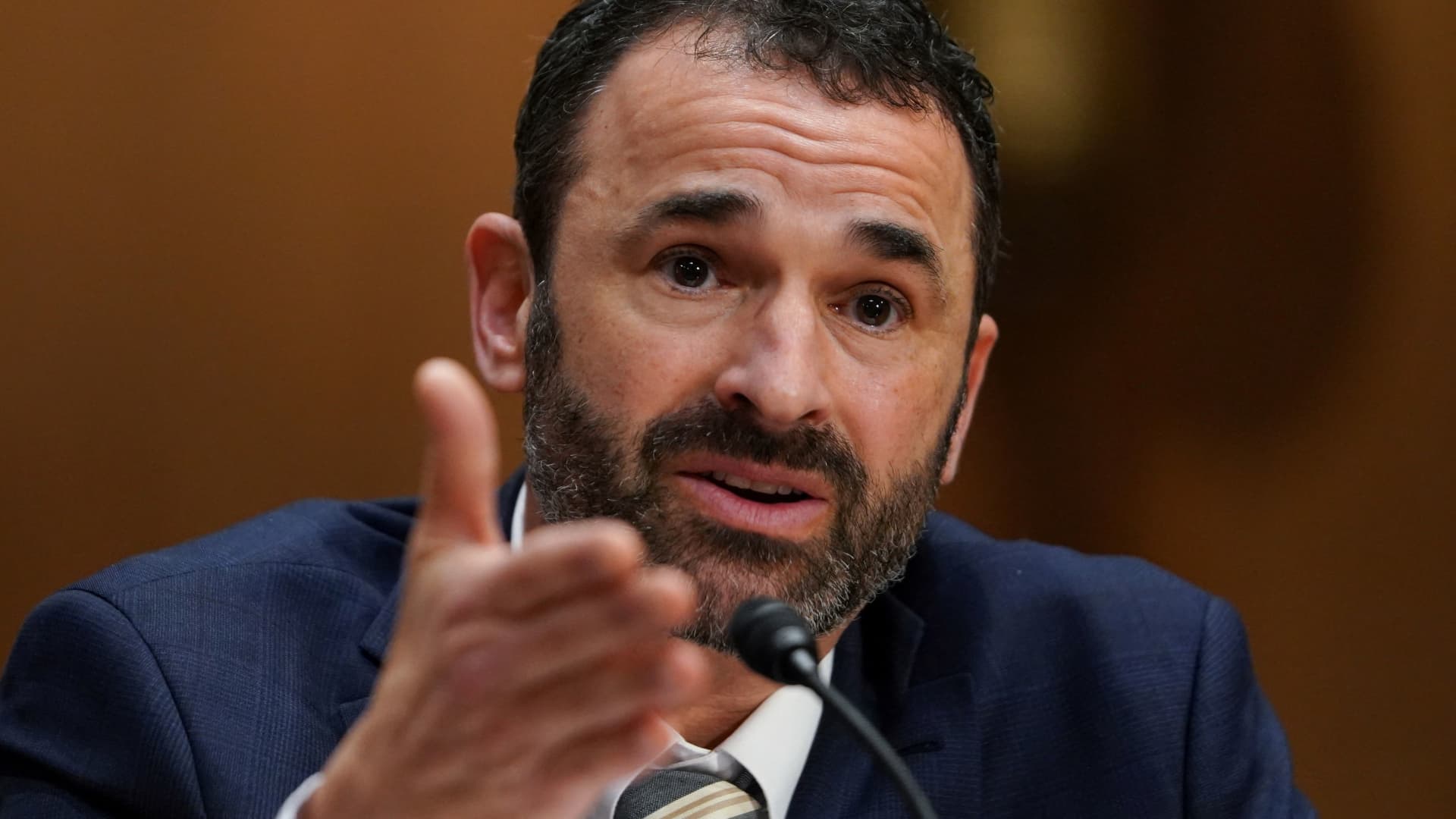- Some taxpayers will soon qualify for Direct File, a free tax-filing option from the IRS.
- The pilot will begin as an invitation-only service before rolling out to certain taxpayers in 12 states by mid-March.
- In 2023, individual U.S. taxpayers spent an average of $150 to prepare and file returns, according to the IRS.
As the tax season kicks off next week, Americans have several free filing options — and some taxpayers will soon qualify for a new offering from the IRS.
Known as Direct File, the agency’s free filing software pilot will begin as an invitation-only service for a group of government workers before rolling out to certain taxpayers in 12 states by mid-March.
…
Direct File comes after a feasibility report authorized by the Inflation Reduction Act. The report found nearly three-quarters of taxpayers expressed interest in a free IRS-provided filing system.
…
Eligible states will include Arizona, California, Florida, Massachusetts, Nevada, New Hampshire, New York, South Dakota, Tennessee, Texas, Washington and Wyoming.



As an example of how this could work based on how it does where I live;
No muss, no fuss. If you’ve got an interest in a trust or own a company then it gets a bit more complicated and you might need an accountant to file for you, but for 95% of people it’s free, happens automatically, and they aren’t stuck with a big bill at the end of the year
yup. we should all be recieving a 2040x with the left hand side filled out already and we can optionally make the changes in the right hand side if we think its wrong.